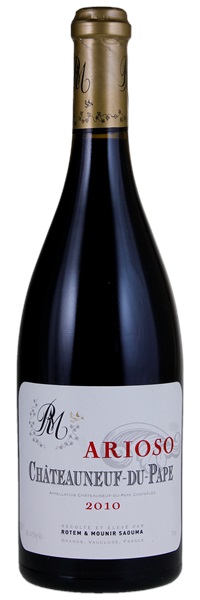Estimate

Aromas of raspberry and boysenberry confiture lead the way, followed by notes of mocha, cinnamon, black tea, bergamot, anise and singed apple wood, which are seamlessly entwined, finishing with a silky feel that lets the fruit take a lengthy encore.
Heady dark berry, candied licorice and Indian spice aromas are brightened by a suave mineral nuance. Juicy, incisive and pure on the palate, offering sweet black raspberry and spicecake flavors that take on weight with aeration. The spicy quality dominates the very long, penetrating finish, which features smooth tannins and a sexy floral pastille nuance.
...fresh, focused and taut profile. Giving up notions of tart cherries, rose petal, sappy underbrush, mint and hints of new leather, it flows onto the palate with medium to full-bodied richness, bright acidity and a focused, juicy and moderately concentrated feel. I like the mid-palate here, as well as the overall balance, yet the acid profile will be something to watch.